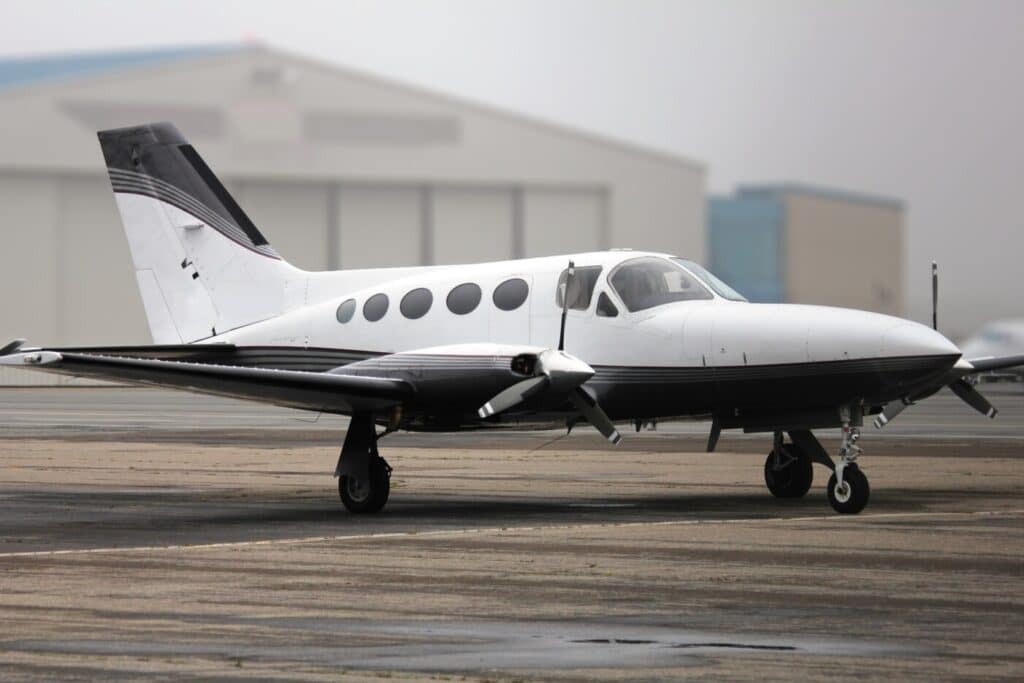Understanding the General Aviation Revitalization Act – (GARA)

The General Aviation Revitalization Act of 1994 (GARA) is a federal law that imposes an 18-year statute of repose on product liability lawsuits against general aviation aircraft manufacturers. Unlike a statute of limitations, which begins when an injury occurs or is discovered, a statute of repose bars claims after a fixed time, regardless of when an accident happens. Under GARA, the 18-year clock starts when the aircraft or part is first sold or manufactured, meaning a claim can be time-barred even before an accident occurs
GARA was signed into law by President Bill Clinton to help stabilize the struggling general aviation industry, which had seen a sharp decline in aircraft production due in part to the rising cost of litigation.
Prior to GARA, aircraft manufacturers were often sued for crashes involving airplanes that were decades old, regardless of whether the aircraft had undergone poor maintenance or modifications after leaving the factory. These lawsuits created long-tail liability, discouraging innovation and threatening the future of the industry. GARA was passed to reduce that liability and encourage manufacturers to continue building small aircraft.
What GARA Does
GARA applies to general aviation aircraft with 20 or fewer seats that are not used in scheduled commercial service. The statute of repose begins when the aircraft or its component part is delivered to its first purchaser, whether for use or resale. After 18 years, the manufacturer is no longer liable for injuries or fatalities caused by design or manufacturing defects, regardless of when the accident occurred.
Exceptions to GARA
There are four key exceptions where GARA does not apply:
- Fraud or Misrepresentation: If the manufacturer knowingly withheld or misrepresented safety information to the FAA, and that information relates directly to the crash.
- Emergency Medical Flights: If the injured or deceased person was a passenger on a certified emergency medical service aircraft.
- Non-Occupants: People injured or killed on the ground (e.g., homeowners or bystanders) are not barred from filing suit.
- Breach of Warranty: Claims based on a written warranty from the manufacturer may still be valid after 18 years.
Texas Statute of Repose
Texas has adopted an even shorter 15-year statute of repose that applies to most product liability cases. The Texas statute, however, has an exception for claims governed by GARA. That means that claims against manufacturers for damages for injury to persons arising out of an accident involving a general aviation aircraft will still have an 18-year statute of repose despite the shorter period in the Texas statute. In addition, GARA’s exceptions discussed above can also save claims that would otherwise be barred by the Texas statute.
Why It Matters
GARA is still highly relevant today because many general aviation aircraft in operation are more than 18 years old. Determining whether GARA applies or whether an exception may open the door to a valid claim requires detailed legal and technical analysis.
At Slack Davis Sanger, our board-certified aviation attorneys have long engaged with the evolving legal framework surrounding general aviation accidents. GARA remains a significant factor in determining liability. Understanding its scope, and its exceptions, requires both legal precision and deep industry knowledge. With every case, we remain committed to clarity, safety, and accountability in aviation.
